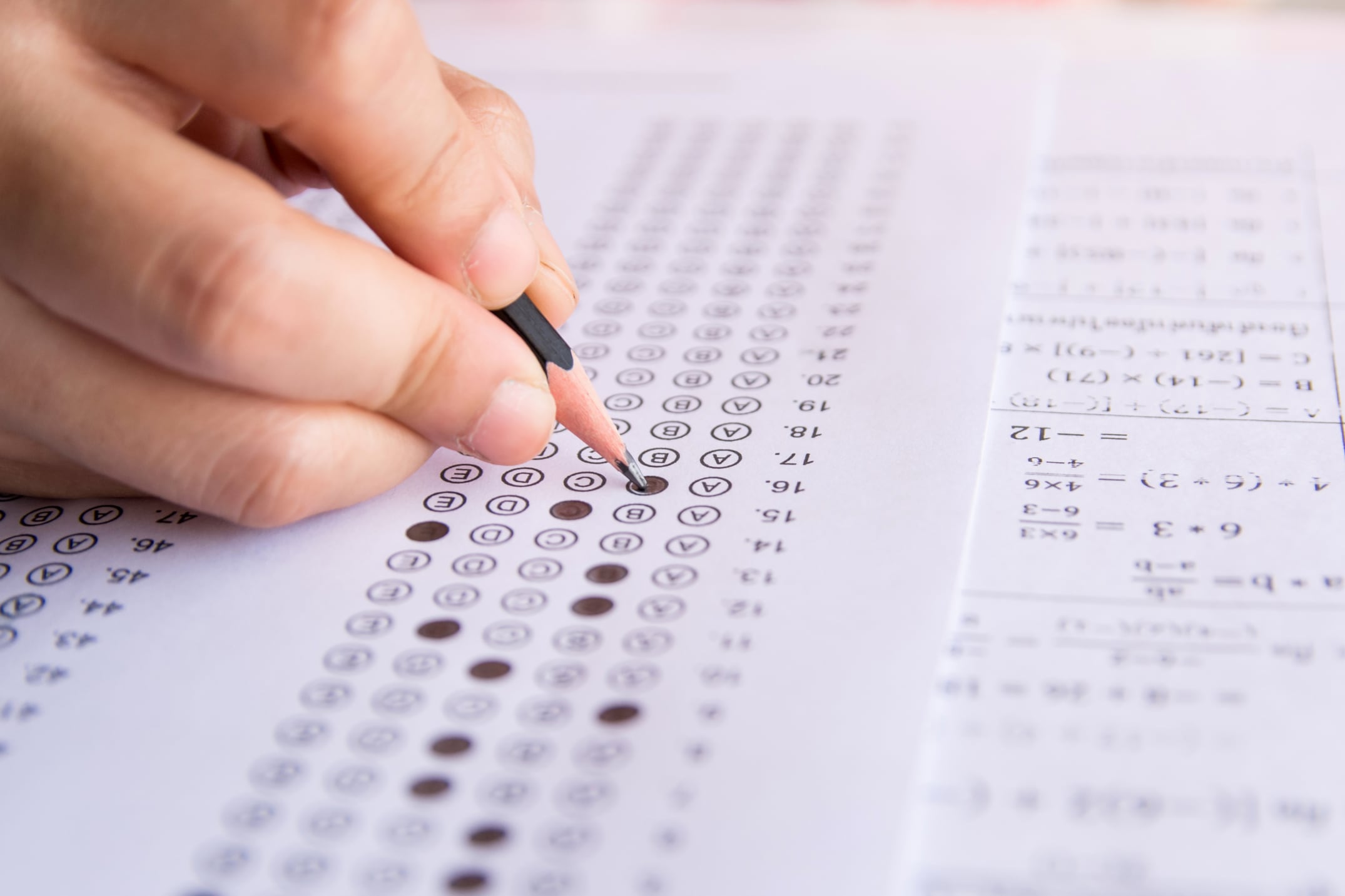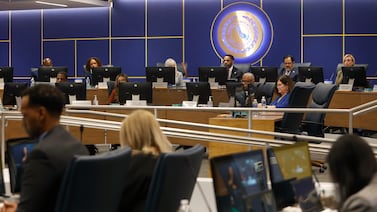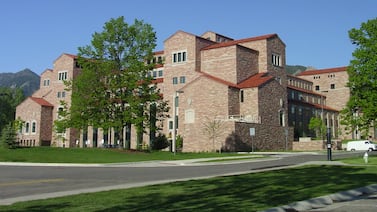The latest “district scorecard” for Philadelphia schools highlights challenges the district faces in the pandemic’s wake, including test score declines, a sharp rise in students who are frequently absent, and deteriorating school climate scores.
The district, which released the scorecard Friday, reported declines in students’ scores in English, math, and science on state standardized tests in the 2021-22 school year. (A Chalkbeat analysis from last December revealed score drops on the state exams.) Student and teacher attendance rates were also down, though the district’s four-year graduation rate remains higher than it was before the pandemic.
The data was included in the district’s annual School Progress Report on Education and Equity (SPREE) released on Friday, along with comparable data from prior reports as far back as the 2012-13 school year. The district uses SPREE to measure test scores, access to Advanced Placement courses, racial disparities in school discipline, and other measures of equity.
In a letter accompanying the report’s release, Superintendent Tony Watlington said the SPREE is “closely aligned” with the school board’s Goals and Guardrails, which the district adopted in 2020 and include several district-wide targets related to reading and math scores, as well as measures of college and career readiness, by 2026. The Goals and Guardrails also highlight the “conditions needed in each school to empower all students to succeed in and beyond the classroom.”
“I think this data does show that in many of the areas we are missing the targets,” Tonya Wolford, the district’s chief of evaluation, research, and accountability, told reporters on Friday. But she cautioned that the targets set in the district’s Goals and Guardrails were set before the pandemic started and haven’t been adjusted since.
District officials cautioned that state test scores were not available for comparison for 2019-20 and 2020-21, because these standardized exams were halted or abbreviated during the COVID-driven school closures.
According to the district scorecard, 34% of students in grades 3-8 met state standards for English last year, down from 36% in 2018-19. Math outcomes were more dire: Only 17% of students met the proficiency standard in 2021-22, down from 22% in 2018-19.
In science, 37% of students in grades 4-8 met standards, down from 40% pre-pandemic. For those career and technical students entering the workforce, the district reported that around 43% of 12th grade CTE students were “meeting industry standards” in their respective fields; the district did not report this statistic pre-COVID.
The district is also having trouble getting students to show up to class.
Only 37% of students attended at least 95% of instructional days in 2021-22, according to the district scorecard, and 20% of students reported attending fewer than 80% of instructional days. In 2018-19, 47% of students attended at least 95% of instructional days, and just 10% attended fewer than 80% of instructional days. Student attendance became a nationwide concern during the pandemic.
Teacher attendance also dipped last year: The scorecard said 53% of teachers were recorded as attending at least 95% of days in 2021-22, down from 61% in 2018-2019.
And school climate ratings from parents, teachers, and students all declined from 2020-21 to 2021-22. (The district did not report these climate scores before 2020-21.) Some have worried that declines in student attendance are due at least in part to COVID’s negative impact on school climates.
Not all the scorecard’s key measures showed a decline. The district’s four-year graduation rate was 71% in 2021-22, compared to 69% in 2018-2019.
The SPREE also provided a breakdown of suspensions showing students of color and those with economic disadvantages were suspended at much greater rates than their White, Asian and wealthier counterparts.
The vast majority — 86% — of suspensions were given to students who are economically disadvantaged. Additionally, 71% of suspensions were administered to Black students, 17% of suspensions were given to Latino students, and 31% went to students with Individualized Education Programs, or IEPs.
Going forward, Wolford said she would “definitely” like for the school board to reevaluate their goals for Philadelphia students. She said the districts had targets for “several years on the books that we had no way to meet.” Now, she added, “we are just picking up as if it was business as usual.”
Carly Sitrin is the bureau chief for Chalkbeat Philadelphia. Contact Carly at csitrin@chalkbeat.org.






